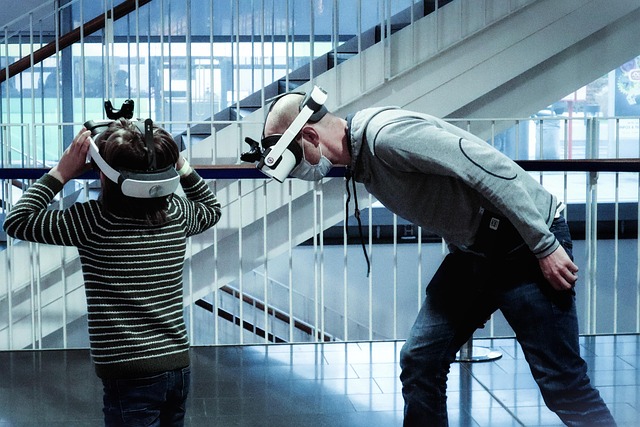Exploring the Future: VR Interfaces Revolutionizing the Software Industry
The fusion of virtual reality (VR) and augmented reality (AR) creates a digital landscape that redefines how we interact with software. As we delve into the realm of VR interfaces, it becomes evident that we are not just witnessing technological advancements; we are experiencing a seismic shift in our perception of reality itself. This shift is evident across industries, from gaming and training simulations to education and remote collaboration, laying the groundwork for a world where the metaversum becomes a fundamental part of our everyday lives.
Imagine strapping on a headset and being transported into a fully immersive environment where the boundaries of the physical world fade away. VR interfaces allow users to engage with software in ways previously deemed impossible. They invite users into expansive virtual spaces where they can manipulate digital elements with their hands, explore complex datasets visually, or even communicate with avatars representing their colleagues halfway across the globe. This hands-on interaction transforms how software is used, breaking down barriers that once limited user experience.
The applications of VR interfaces extend far beyond entertainment. In the realm of education, for example, students can traverse historical events while walking through a reconstructed ancient city or conduct complex scientific experiments in a risk-free virtual lab. These engaging experiences foster a deeper understanding and retention of information, making learning not just informative but also exhilarating.
Similarly, in the corporate sector, VR is transforming training processes. Employees can engage in realistic simulations that prepare them for real-world challenges, from operating machinery to navigating complex customer interactions. With VR interfaces, companies are witnessing improved retention rates and lower training costs, setting a precedent for innovation that continually fuels productivity.
The excitement around augmented reality also complements this evolution. By superimposing digital information onto the real world, AR enhances our perception of our surroundings. Imagine using smart glasses that provide instant data about the objects and people around you, enriching your reality with pertinent information at a glance. This technology is reshaping how we view the world, bridging the gap between the virtual and the physical and heralding a new era of user interactions.
The metaversum, a collective virtual shared space, embodies the culmination of these advancements in VR and AR technologies. It presents an opportunity for businesses to create immersive environments where users can collaborate, socialize, and conduct transactions in a beautifully rendered universe. The potential of the metaversum extends to virtually every industry, allowing for unparalleled creativity and interaction that can reshape marketing, e-commerce, and beyond.
As we navigate this transformative time in technology, the role of VR interfaces becomes increasingly vital. The way we interact with software is not just evolving; it’s being revolutionized. They invite users to explore, collaborate, and innovate like never before. As we embrace these cutting-edge technologies, we can expect an enriched user experience and a future filled with limitless possibilities.




